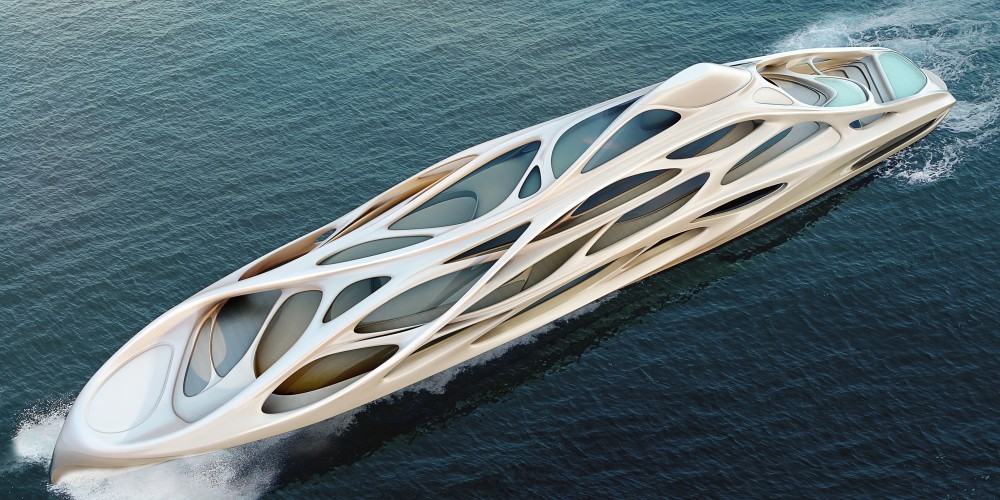
Material Substance is a column, penned by Christopher Brenny and presented by ArchDaily Materials, which investigates the innovative applications of materials in architecture.
On a purely aesthetic level, 3D printing holds great potential for buildings – all the possibilities of sculpted concrete without the bulky and expensive formwork. Taken to an extreme, it could someday make Hadid-like forms so cheap to execute that they become mundane (even for a non-architect) -- maybe even causing the profession to re-evaluate what qualifies as high design.
However, the more important advantage of 3D printing, what could spur its acceptance as a viable means of construction, is its supposed sustainability. Among its oft-


